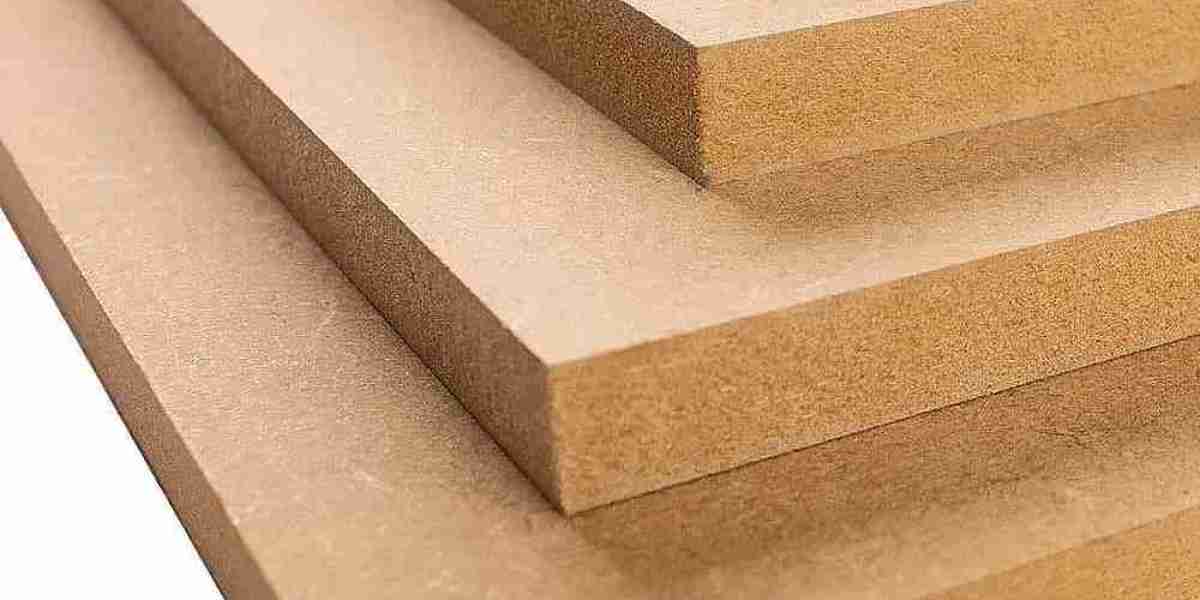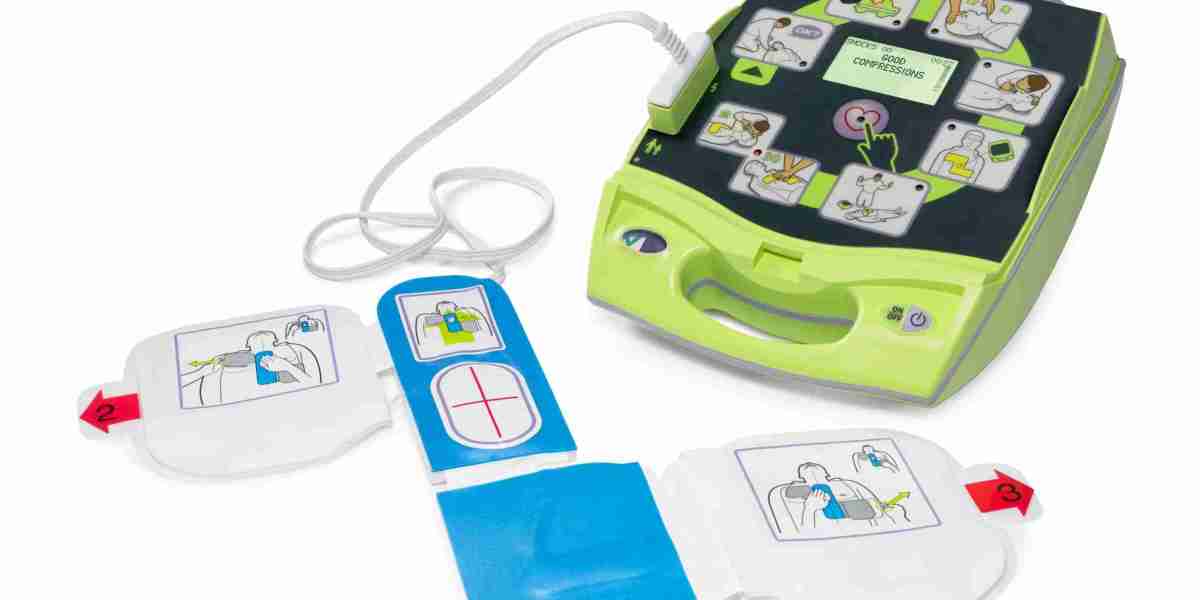The medium density fiberboard (MDF) market is expanding as industries seek innovative and cost-effective building materials. One of the key sectors driving this growth is modular construction, where MDF is increasingly used due to its versatility, durability, and smooth surface. As modular construction gains popularity for its efficiency and sustainability, MDF is playing a crucial role in shaping the future of prefabricated structures, from residential homes to commercial spaces.
Why MDF is a Preferred Material in Modular Construction
MDF is widely recognized for its uniform composition, making it an ideal material for modular construction applications. Unlike solid wood, MDF offers consistent density and smooth surfaces, allowing for precision cutting and easy integration into prefabricated building components. This ensures a high level of quality control in modular construction, where components are manufactured off-site and assembled on-site.
Another advantage of MDF in modular construction is its adaptability to different finishes. Whether it’s laminates, veneers, or painted surfaces, MDF provides a seamless foundation for a wide range of interior design aesthetics. This makes it a popular choice for cabinetry, wall panels, flooring, and decorative elements in modular buildings.
The affordability of MDF also contributes to its appeal in modular construction. As the demand for cost-effective housing solutions rises, builders and developers are turning to MDF as a practical alternative to traditional materials. Its ability to mimic the appearance of high-end wood finishes at a fraction of the cost makes it a viable option for large-scale modular housing projects.
Sustainability and Efficiency in Modular Building
The growing emphasis on sustainability in the construction industry is further increasing the demand for MDF in modular construction. Many MDF manufacturers are incorporating recycled wood fibers and eco-friendly adhesives into their production processes, reducing waste and minimizing environmental impact. Additionally, MDF’s engineered structure allows for efficient material usage, contributing to sustainable building practices.
Modular construction itself aligns with sustainability goals by reducing on-site waste, optimizing resource management, and lowering energy consumption during the building process. Since MDF panels can be precisely cut and assembled in a controlled factory environment, there is minimal material wastage compared to traditional construction methods. This makes MDF an environmentally responsible choice for builders focused on green construction solutions.
Challenges in MDF Adoption for Modular Construction
While MDF offers numerous benefits, there are certain challenges that need to be addressed for wider adoption in modular construction. One of the primary concerns is moisture resistance. Standard MDF can absorb moisture and swell when exposed to high humidity or direct water contact, making it unsuitable for certain applications. However, manufacturers are developing moisture-resistant MDF variants that improve durability in humid environments, making them more suitable for modular kitchens, bathrooms, and exterior applications.
Another challenge is the perception of MDF as a lower-end material compared to natural wood or other engineered wood products. Educating builders, designers, and consumers about the advancements in MDF technology and its enhanced performance characteristics will be key to overcoming this market perception.
Market Future Trends and Innovations in MDF for Modular Construction
The MDF market is evolving to meet the changing demands of the modular construction industry. One of the most significant trends is the development of high-performance MDF with added properties such as fire resistance, water resistance, and enhanced strength. These innovations are making MDF more adaptable for a wider range of construction applications.
Another emerging trend is digital fabrication and CNC machining, which allow for intricate and precise cutting of MDF components. This is particularly useful in modular construction, where standardized and pre-cut materials enable faster assembly and reduced labor costs.




